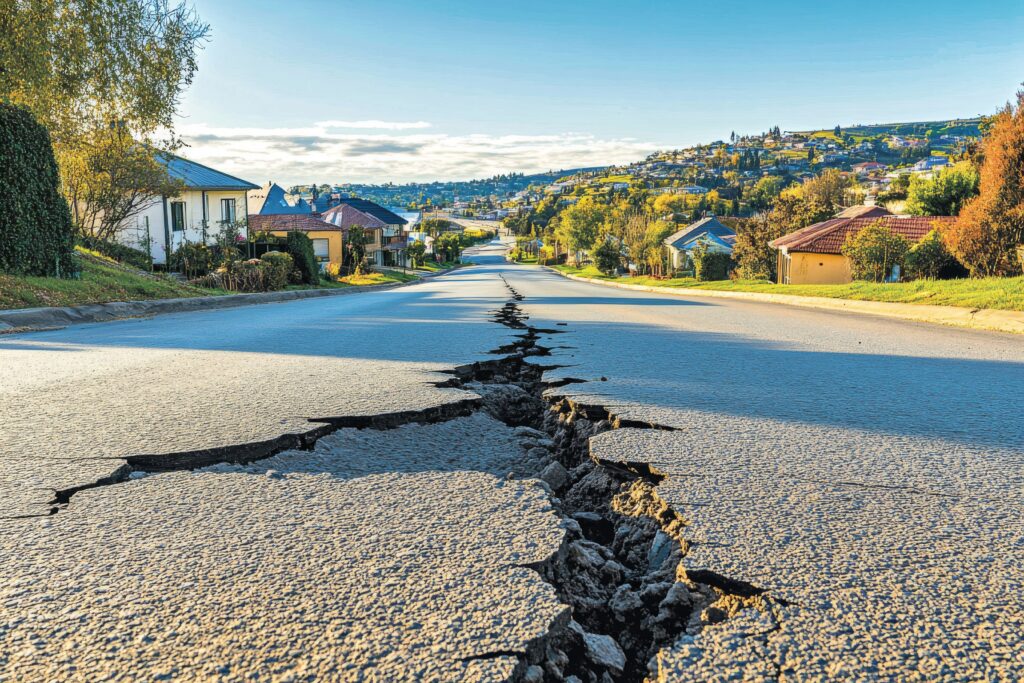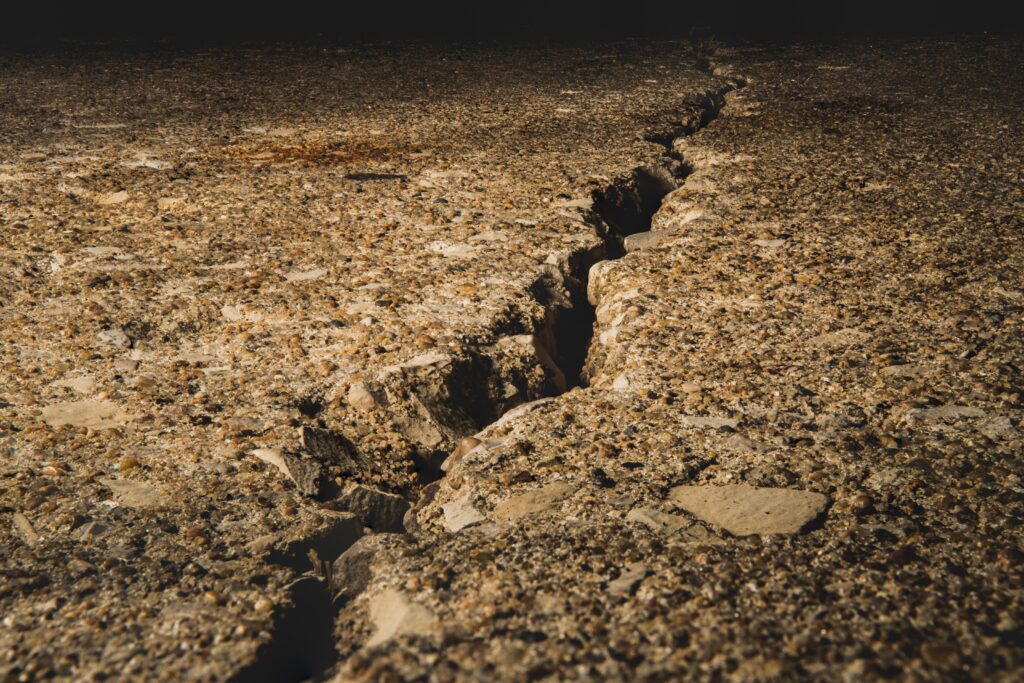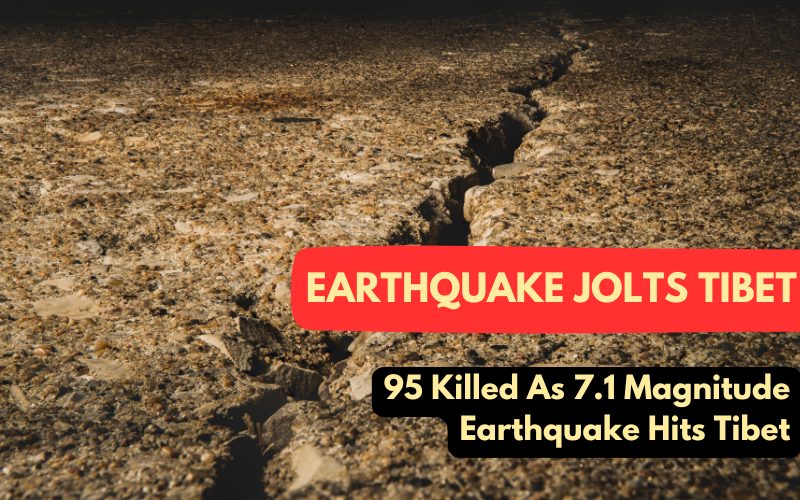On January 7, 2025, a devastating earthquake with a magnitude of 7.1 struck Tingri County in Tibet, near Mount Everest. This catastrophic event has resulted in a significant loss of life and widespread destruction across the region. With at least 126 lives lost and 188 injured, the earthquake has left an indelible mark on the affected communities. In this blog, we delve into the multifaceted impacts of the disaster, the ongoing rescue and relief efforts, the geological context of the quake, and its far-reaching implications for the region.

The Scope of the Disaster The earthquake’s epicenter was located in Tingri County, approximately 400 kilometers from Lhasa. Its tremors were so powerful that they were felt across neighboring countries, including Nepal, India, Bhutan, and Bangladesh. The event has highlighted the vulnerability of this seismically active region and the challenges of responding to such disasters.
- Human Toll: Tragically, the earthquake resulted in the loss of 126 lives, with 188 individuals sustaining injuries. Many more remain unaccounted for, with numerous people still trapped under collapsed structures. Over 1,000 homes were destroyed, displacing thousands of residents and leaving them to face freezing winter conditions without adequate shelter.
- Structural Damage: The earthquake caused extensive damage to infrastructure, including roads, bridges, and residential buildings. Shigatse, Tibet’s second-largest city, suffered significant destruction, though the historic Tashi Lhunpo Monastery, a vital cultural and religious landmark, remained largely intact. Beyond the urban centers, rural communities experienced widespread devastation, further compounding the challenges of relief efforts.
- Regional Impact: The earthquake’s effects extended beyond Tibet. In Nepal, especially in the Kathmandu Valley, tremors were strongly felt, although no significant damage was immediately reported. In India and Bhutan, residents experienced shaking, prompting safety precautions.
Rescue and Relief Operations
In the wake of the disaster, a large-scale rescue operation was launched, involving over 3,000 personnel, including military units, medical teams, and local volunteers. These efforts are aimed at saving lives, providing immediate relief, and assessing the full extent of the damage.
- Challenges: Rescuers face immense challenges in their mission. The rugged terrain of the affected areas, combined with harsh winter conditions, makes access to remote regions extremely difficult. Roads have been blocked by landslides, and freezing temperatures endanger both survivors and rescue teams.
- Government Response: The Chinese government has acted swiftly, with President Xi Jinping calling for an all-out rescue effort. A significant allocation of 100 million yuan (approximately $13.6 million) has been made to fund disaster relief operations. Supplies such as food, blankets, tents, and medical aid are being airlifted to the hardest-hit areas.
- Local and International Support: Local communities have mobilized to assist rescue efforts, demonstrating remarkable resilience and solidarity. International leaders and humanitarian organizations have also extended their condolences and offers of aid. Despite Tibet’s remote location, the global community has underscored its commitment to supporting recovery efforts.
Geological Context Tibet lies in one of the most seismically active regions in the world due to the ongoing collision of the Indian and Eurasian tectonic plates. This tectonic interaction has not only shaped the towering Himalayan mountain range but also resulted in frequent seismic events.
- Historical Seismic Activity: The 2025 earthquake is the most powerful to strike the region near Mount Everest in the past five years. It serves as a stark reminder of the area’s susceptibility to large-scale seismic activity. Previous earthquakes in the region have caused significant damage and loss of life, highlighting the need for improved preparedness and mitigation strategies.
- Seismic Risk Factors: The combination of dense populations in certain areas, inadequate infrastructure, and extreme weather conditions exacerbates the impact of seismic events. Understanding these risks is crucial for developing long-term solutions to reduce vulnerabilities.
Impact on the Local Community The earthquake has profoundly affected the lives of thousands of people in Tibet, many of whom now face the daunting task of rebuilding their lives amidst severe challenges.
- Humanitarian Crisis: With thousands displaced, the immediate need for shelter, food, and medical aid is critical. Temporary shelters are being established, but the harsh winter conditions pose an ongoing threat to survivors’ health and well-being.
- Economic Consequences: The destruction of homes, businesses, and critical infrastructure has dealt a severe blow to the local economy. Agriculture, which serves as the primary livelihood for many in the region, has been disrupted, further exacerbating the economic fallout.
- Cultural and Historical Significance: While landmarks like Tashi Lhunpo Monastery escaped significant damage, the broader cultural and historical heritage of the region remains at risk. The loss of homes and community spaces has also disrupted social and cultural life, adding to the psychological toll of the disaster.

Looking Ahead: Recovery and Resilience As the immediate rescue operations continue, attention is beginning to shift toward the long-term process of recovery and rebuilding. This phase will require coordinated efforts from local authorities, national governments, and international organizations.
- Disaster Preparedness: The earthquake underscores the urgent need for improved disaster preparedness and resilient infrastructure in seismically active regions. Investment in earthquake-resistant buildings and early warning systems can help mitigate the impact of future seismic events.
- Community Support: Rebuilding efforts must prioritize the needs of affected communities, ensuring that displaced residents have access to safe housing, healthcare, and opportunities to restore their livelihoods.
- International Collaboration: Global support will be vital in addressing the extensive challenges posed by the disaster. Humanitarian aid, technical expertise, and financial resources from international partners can significantly bolster recovery efforts.
Conclusion The January 7 earthquake in Tibet has brought immense tragedy and challenges to the region. While the immediate priority remains rescuing survivors and providing relief, the long-term focus must be on recovery, rebuilding, and reducing future risks. The resilience and determination of the affected communities, supported by global solidarity, will be instrumental in overcoming this disaster and building a more secure and prepared future for the region.




